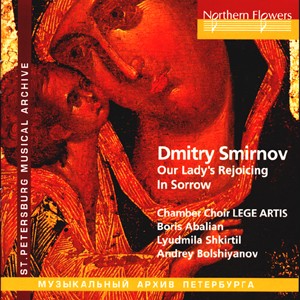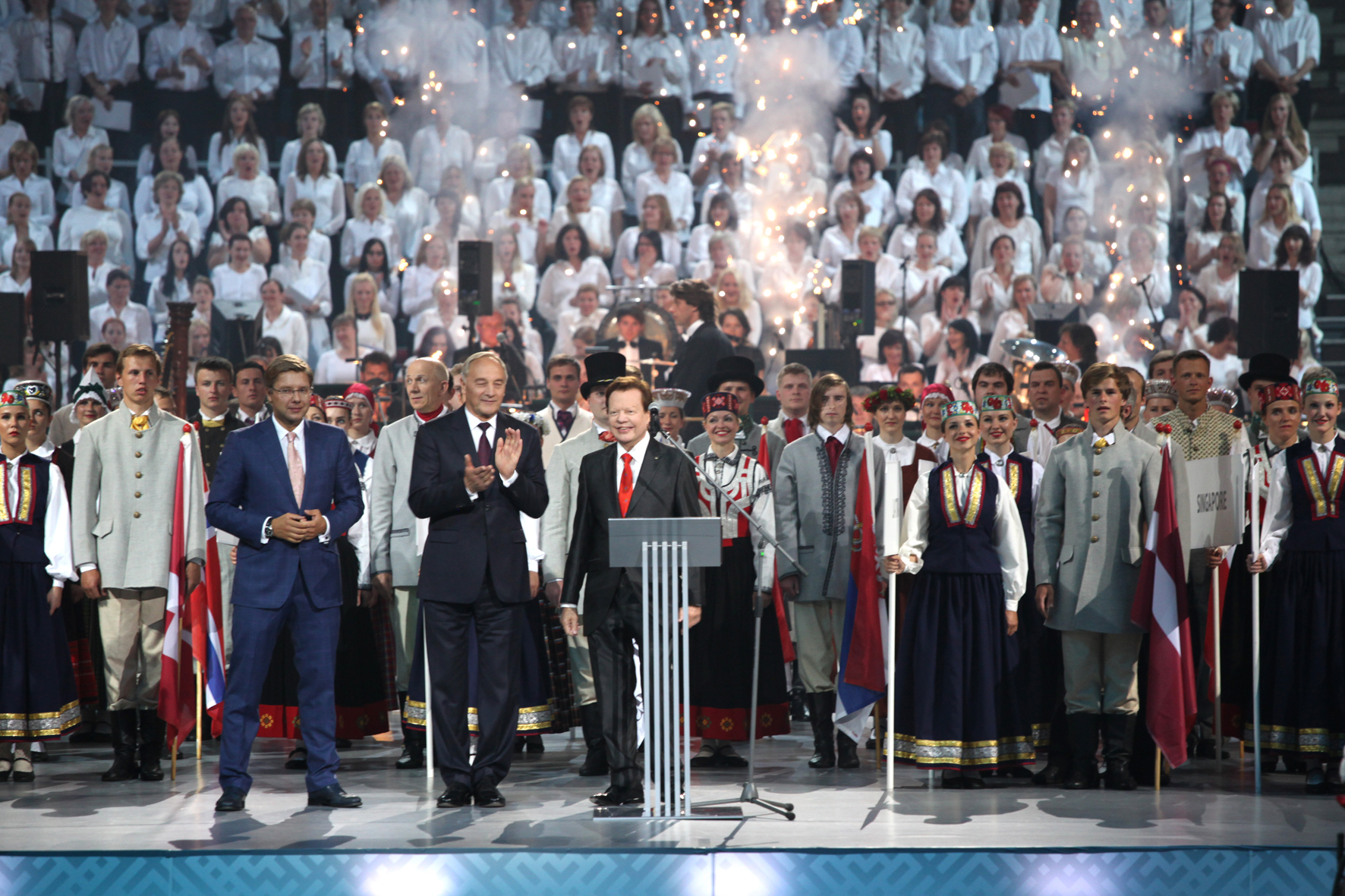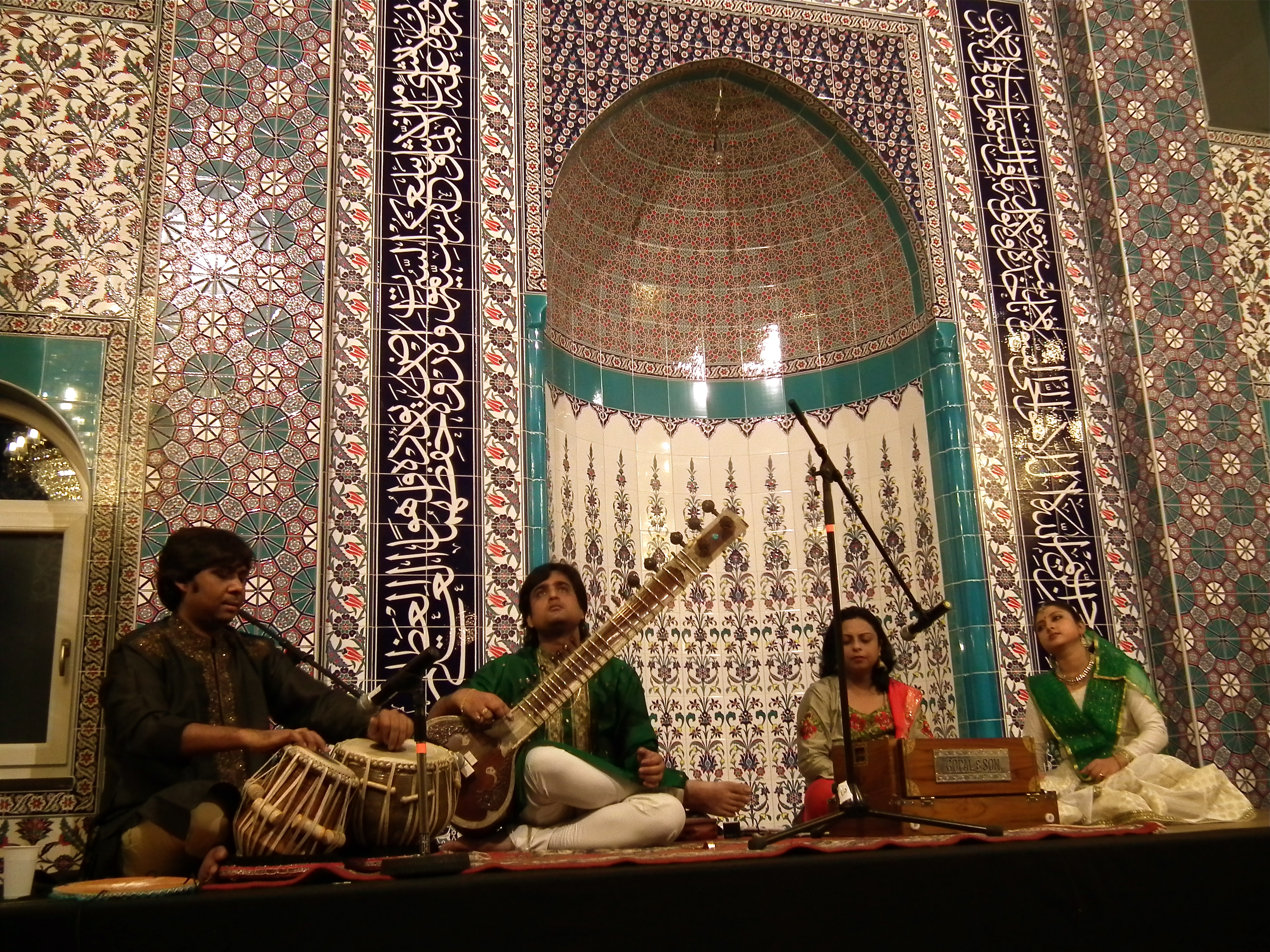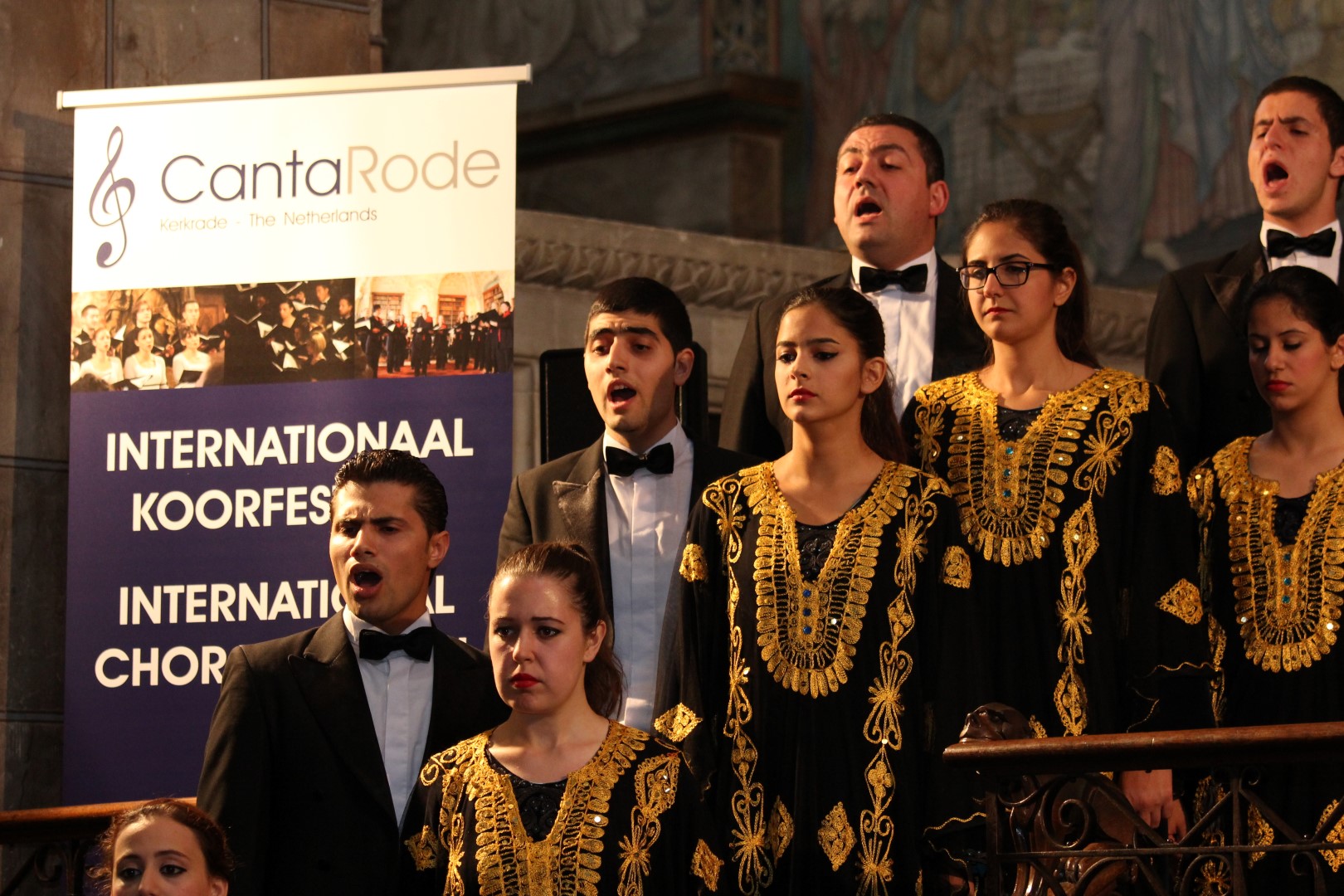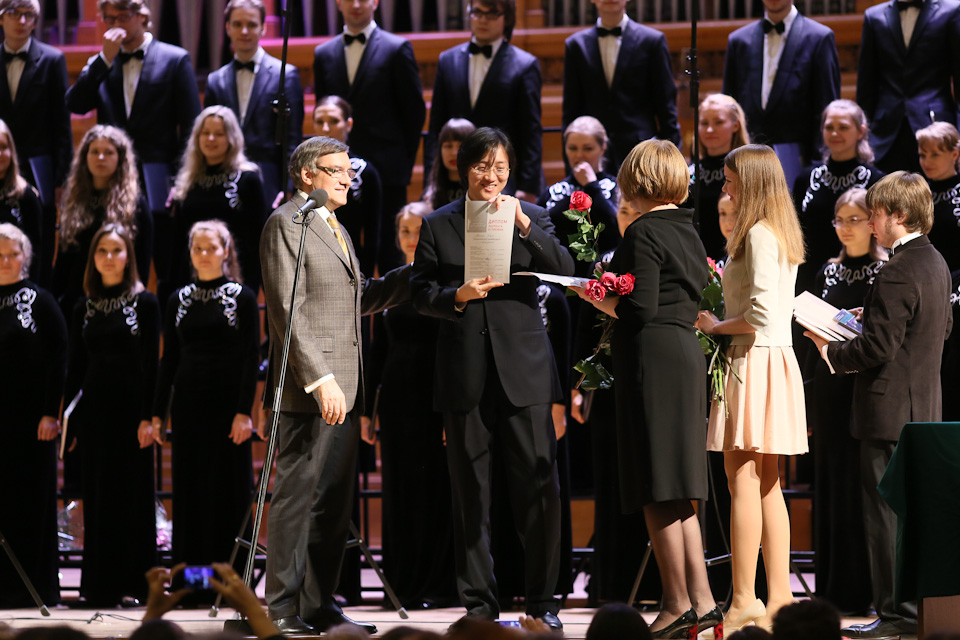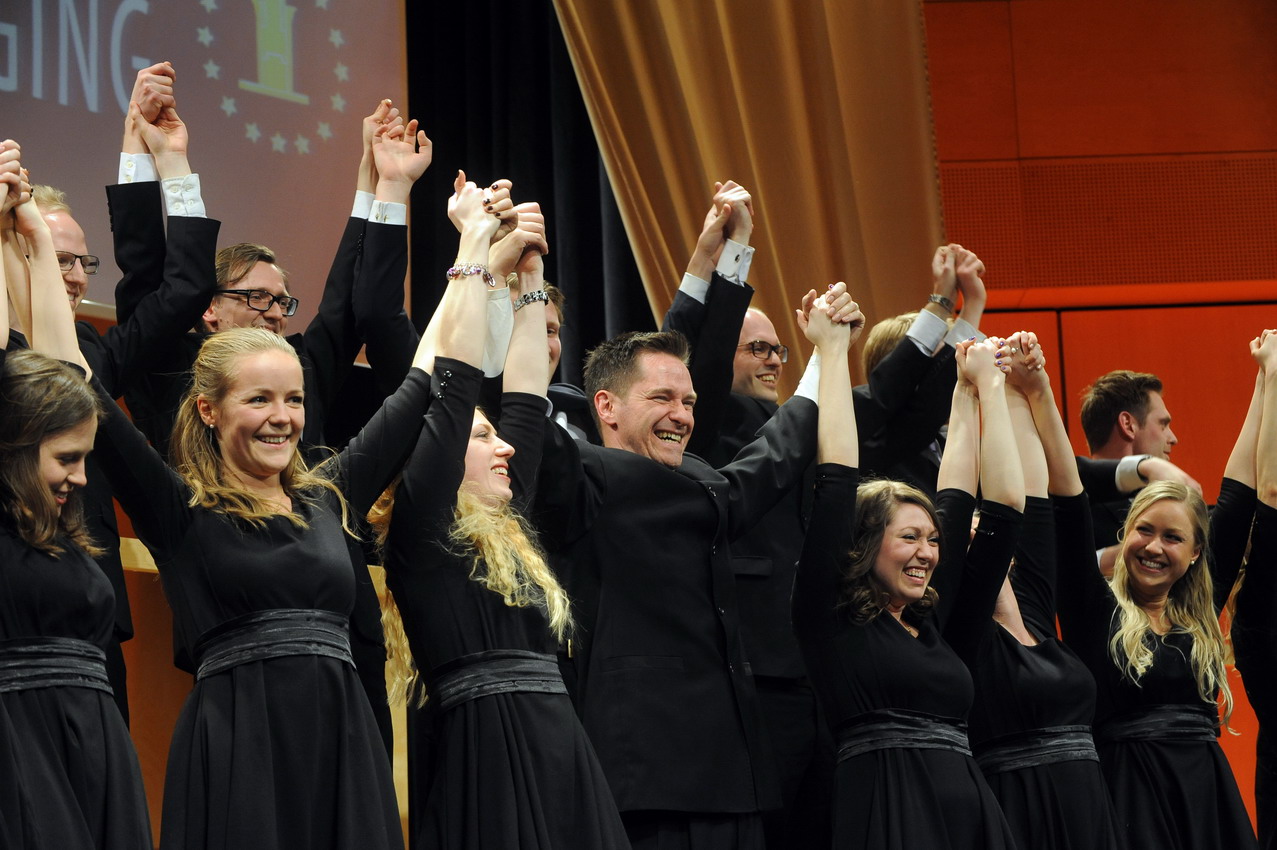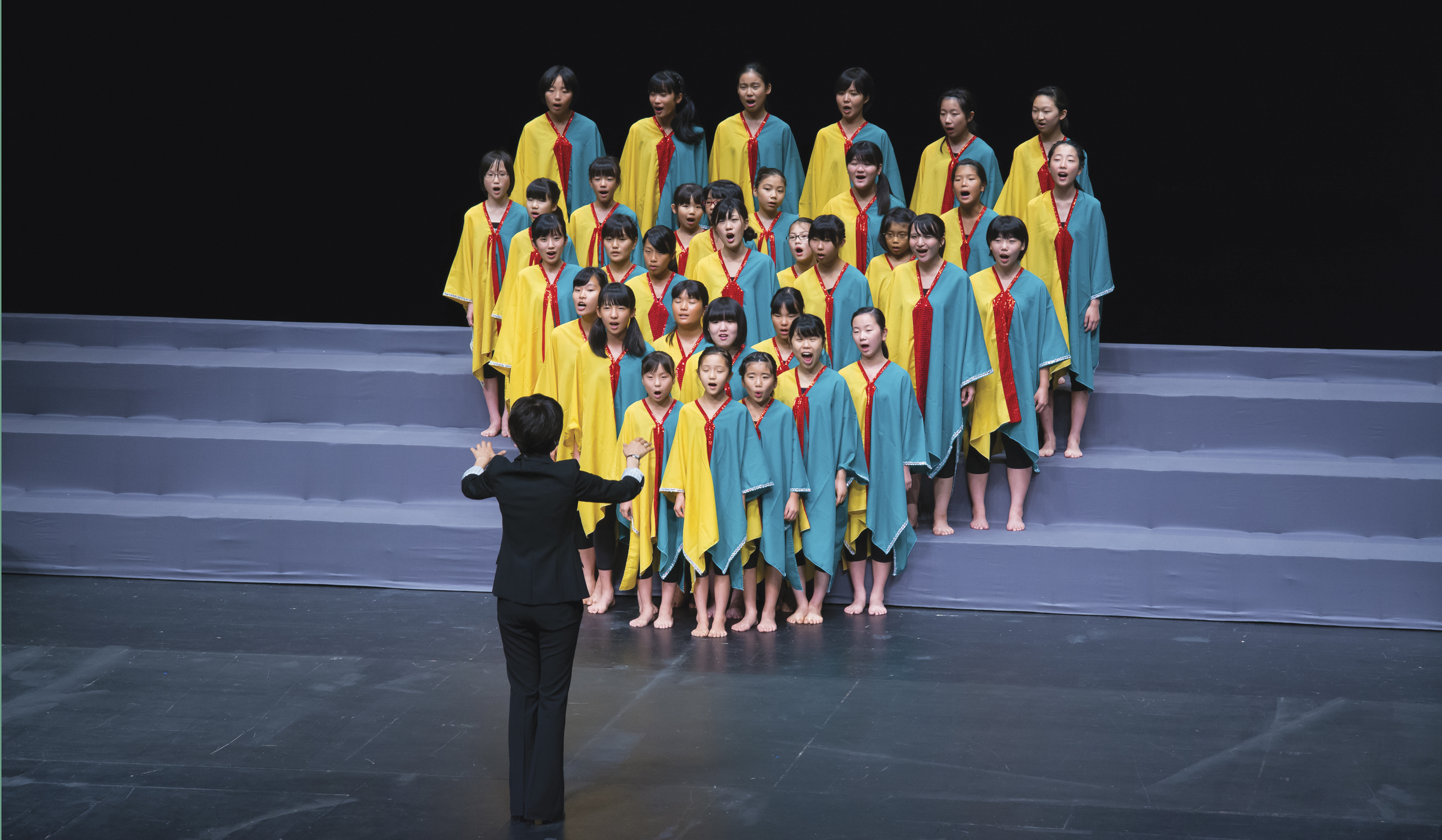Dmitry Smirnov, un compositor moderno de San Petersburgo
Por Alexandra Makarova, directora coral
Los conciertos corales de Dmitry Smirnov son la clave de su estilo único. El género que más distingue al autor es el del coro a capela. En este artículo sus conciertos corales nos servirán com…Read More →

